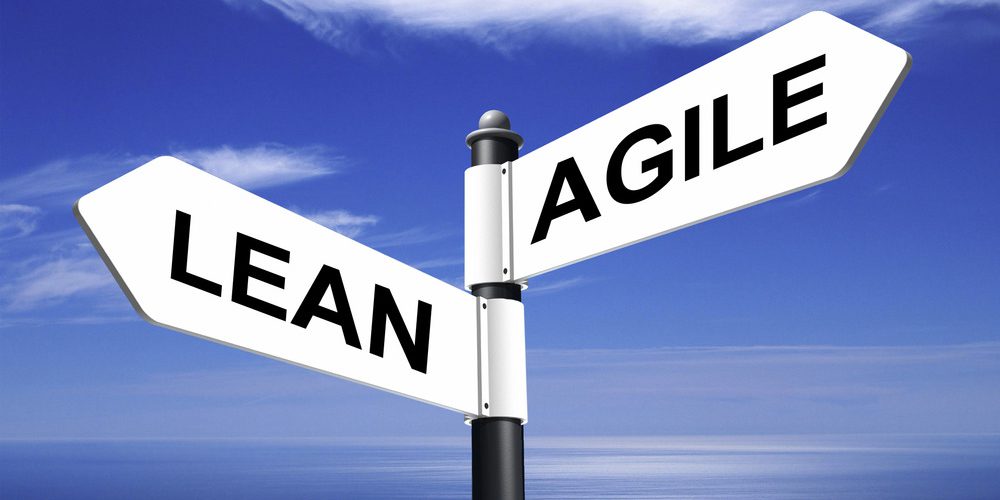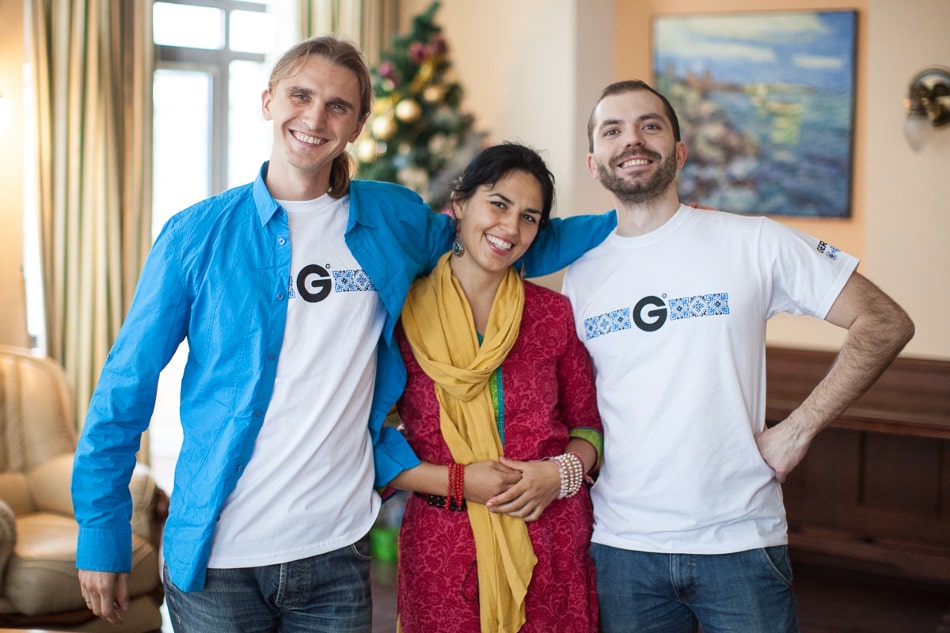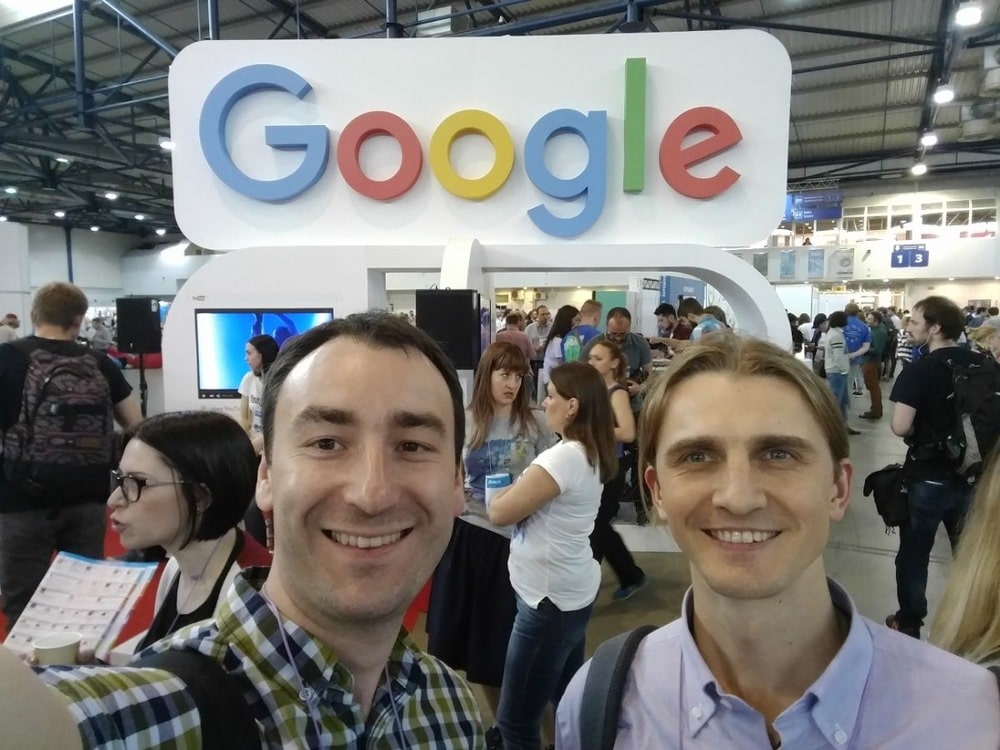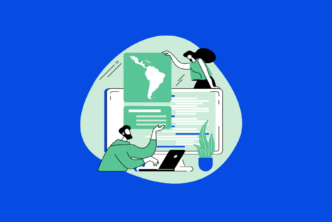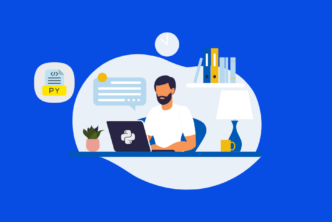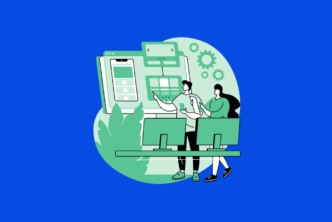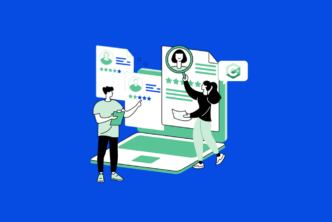Are you able to combine being lean with being agile?
Agile and Lean principles are well-known and recognized among experienced managers because they help us optimize the product development process. Still, the difference between these is often unclear to project teams. Furthermore, it is often a question if Lean and Agile are the same of in fact different concepts altogether.
So we interviewed an experienced professional to clarify certain issues surrounding Lean and Agile. We decided to talk with Sergey Mykhailenko, Chief Marketing Officer for Gera-IT to discuss the similarities and the differences between Lean and Agile methodologies.
Tristan: Does the Lean software development approach exclude Agile?
Sergey: Even though we are discussing Lean vs Agile, in our company we apply both methodologies because we can generally use them in parallel. I’d say Lean and Agile are more a way of thinking, or even a mindset of a person or a group of people, working on a particular project. Agile is about constant adaptation to changes, whereas Lean software development principles are about creating more value using minimum resources in terms of budget, the scope of the project, etc.
Tristan: Would you say that Agile corresponds to the software development process and Lean methodology is more aligned with the product?
Sergey: Yes, I would agree.
Tristan: In terms of Agile and Lean approaches – how have you applied both of them on any projects?
Sergey: Yes, we have applied both of them to some projects. Because we are becoming a part of the client’s team while working on projects, we should consider the client’s side too. So we educate our clients on Agile and Lean methodologies in the early stages of development.
Tristan: What types of products the Lean and Agile methodology is mostly used for?
Sergey: I’d say for startups mostly. Let’s take a closer look at two types of products: Startups and Legacy systems.
Legacy systems are already operating on the market and generate revenues. For this type of product, there is no need to be concerned about fundraising, hence cutting the scope of the project is not always necessary. It is more a case of software maintenance, system updates, or further development of the existing systems.
On the other hand, Startups basically face three types of challenges from the very beginning of the project – lack of money, lack of resources to build the product itself, lack of experience. If they go with Lean methodology and are also Agile by adapting to changes rapidly this can help them succeed.
Tristan: From your experience with legacy systems would you say that they won’t necessarily need to use Agile development methodologies or could they go with the Kanban approach as opposed to Scrum?
Sergey: Let’s not split the Agile mindset and frameworks that go beneath.
Legacy systems can go with other agile software development methodologies such as Scrum, Kanban, or XP. Kanban suits better for legacy systems as you are just updating the existing product with new features and bug fixes and pushing them to production one-by-one, where Scrum allows to plan the delivery of new products better by shipping a new working product version with each iteration.
Tristan: Can you explain more about an Agile mindset and maybe give an example?
Sergey: The Agile mindset makes you constantly adapt to changes. Being agile in software development means that you accept changes in the product scope, business model and enacting them accordingly.
Tristan: So something that can drive these changes includes new knowledge about how the marketplace is structured, new opportunities that have been discovered, or problems. As the Product Owner you need to respond to this new information, then pass these changes to the development team, therefore you have to remain very flexible to change.
Sergey: Applying Agile we also mean that the whole team contributes to the product because the customer or product owner doesn’t have to know absolutely all aspects of the product and isn’t necessarily tech or marketing savvy. So the team can and should contribute to the product at least with ideas and suggestions which subsequently can or cannot be accepted by the product owner.
Tristan: In English, we call that the Brain Trust – someone who gathers all the information and makes a final decision without necessarily having domain expertise across every aspect of what the product needs to interact with. It’s a good point as many people assume that the product owner needs to know everything and actually it’s very difficult for one person to know everything even if they are domain experts.
Tristan: Why do your customers like the Lean approach to software development of their applications?
Sergey: Lean methodology allows them to save product development costs at the beginning and to get to market-ready or industry-ready solutions earlier.
Let’s say we get a raw specification from a potential client and start to estimate it, then we come up with an estimation of half a year of development, which is too long in terms of testing the idea or looking for investment. In this case, our PM or CTO offers a free consultation and suggests which features of the initial scope can be cut on this stage or says what is the price of a certain feature. For example, in the early stage of MVP, you don’t necessarily need a social media authorization feature in your app to show its functionality to users as it can be added on further stages of development. This is where we advise clients on the scope of the initial product and help them to reduce the cost of development by applying Lean methodology.
Tristan: So you are saying for every release there needs to be some kind of business objective but it doesn’t mean going into a full launch. It can be a variety of other objectives like the testing of assumptions which is another important aspect.
Sergey: We draw on our experience of failures with previous clients to know exactly what can go wrong. We then use this knowledge with the next clients to give experienced advice on critical issues. If the client succeeds then the vendor succeeds as they continue to work together for years.
Tristan: Agreed completely. What sort of process do you go through to educate clients on Agile? Is it any type of training, is it a part of the package or free of charge?
Sergey: It is better done in practice than through training. When we start to estimate the project for the new client we also begin to educate them. For example, we can show two price options with different development time—for the initial full scope and for the lean version. We advise what features can be eliminated while keeping the original idea and main functionality of the product. After discussing our suggestions with the client we come up with the agreed version of the scope.
Tristan: Can you remember the best case when the customer implemented the Lean development methodology and reached great success in their new business?
Sergey: We are still developing this product — freehomerisk.com however, it is already on the market and generating revenue from insurance businesses and private individuals across the US. It provides custom property risk assessments. When we developed the MVP there were only 5 risks included (earthquakes, wildfires, tornados, etc.) and it covered only one part of California, now there are up to 30 risks and it covers the whole country.
Tristan: They’ve managed to find a revenue model and scalable marketing channel. Would you say they got early market success or they are now mainstream players or they are somewhere in-between?
Sergey: They started with a B2C business model, and then transformed into B2B – starting to work with insurance agencies as they generate much more revenue. This demonstrates that the founders have agile mindsets and are ready to pivot product fast. Our team is also ready to redesign the system fast to accept changes.
About Sergey

Sergey is the CMO at Gera-IT. He has held many different managerial positions in the IT industry since 2007. He worked for such big names as Thomas Cook, Ciklum, Noosphere Ventures and has extensive knowledge in Business Development, Marketing, Project, and Product management.
Related Articles:
Why a custom UI/UX design process is critical for product success. An Interview with QubStudio
- lean development,
- lean development methodology
- lean process software
How we help Product Owners prepare for developing their first release: the Minimum Viable Product
- lean agile methodology,
- lean agile principles
- software development methodology
Essential Reading, Listening and Viewing for Founders of Product Startups
- agile and lean principles definition
- agile lean

